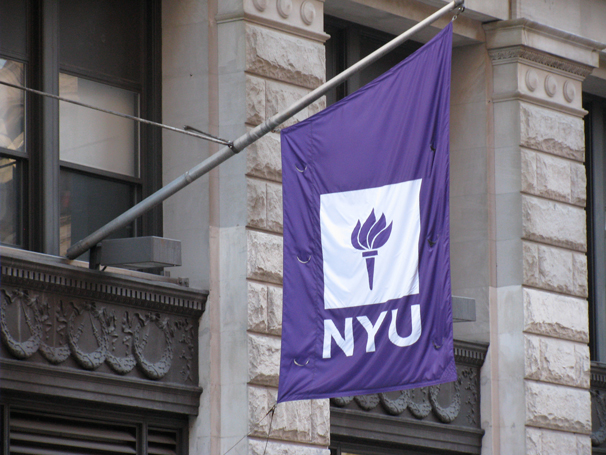First Joint Committee meeting starts productive conversation
November 11, 2013

The first Joint Committee meeting, held on Nov. 1, created a platform for further discussion between the Board of Trustees, faculty and students about university governance, transparency and decision-making.
Chair of the Board of Trustees Martin Lipton said the committee will eventually provide advice to the university based on its discussions.
“[The committee] is a pilot program to provide a means of communication for faculty, students and other stakeholders with the Board of Trustees and ultimately to make recommendations for further improvements in communication and governance,” Lipton said.
Many of the committee members agreed that the discussions were productive and that this is the first step in a process to improve communication and involvement of faculty and students in decision-making.
In Lipton’s email to the NYU community last week, he highlighted the main topics of discussion as transparency, governance, the composition of the faculty, and the size and efficiency of the university.
The format of the meeting consisted of five groups composed of two trustees, six or seven faculty and one student sharing ideas on the topics and then reporting what was said in the small groups to the entire committee.
Media, Culture and Communications professor Ted Magder said of the topics discussed, governance is the most important.
“The establishment of the Joint Committee is a clear indication that the board is committed to working with the university community to develop governance mechanisms that give all constituents a meaningful voice, to broaden the number of participants and nurture a culture of active citizenship,” Magder said.
College of Nursing professor Michelle Shedlin said solutions to the issues will take time, but that Lipton did clarify how the next president of the university would be selected to dispel rumors that the board would make the decision without input.
“Lipton said very clearly at the beginning of the meeting that the next president would be selected by a committee composed of faculty, students and board, [and] that it would be totally transparent,” Shedlin said.
College of Dentistry professor Miriam Robbins said it is not clear yet what will come from this committee and if policy changes will occur, but noted that much of the faculty have the same concerns.
“It was interesting to see how many similarities there were between the different schools in terms of concerns and identified issues,” Robbins said. “Utilization and allocation of resources in order to best support the pedagogical [and] educational mission was a recurrent topic, as well as the role of tenured versus contract faculty in supporting the University’s mission.”
Student Senators Council president and member of the committee Mariam Ehari said there was some imbalance of faculty issues and student or administrator issues.
“It’s our job to make sure we don’t let the structural deficit marginalize our voice,” Ehari, a CAS senior, said. “I hope that in time [the committee] does satisfy some of the unrest that has come about in recent months.”
The next meeting has not been announced, but the committee is expected to meet two to three times during the school year.
A version of this article appeared in the Monday, Nov. 11 print edition. Nicole Brown is a news editor. Email her at [email protected].














































































































































